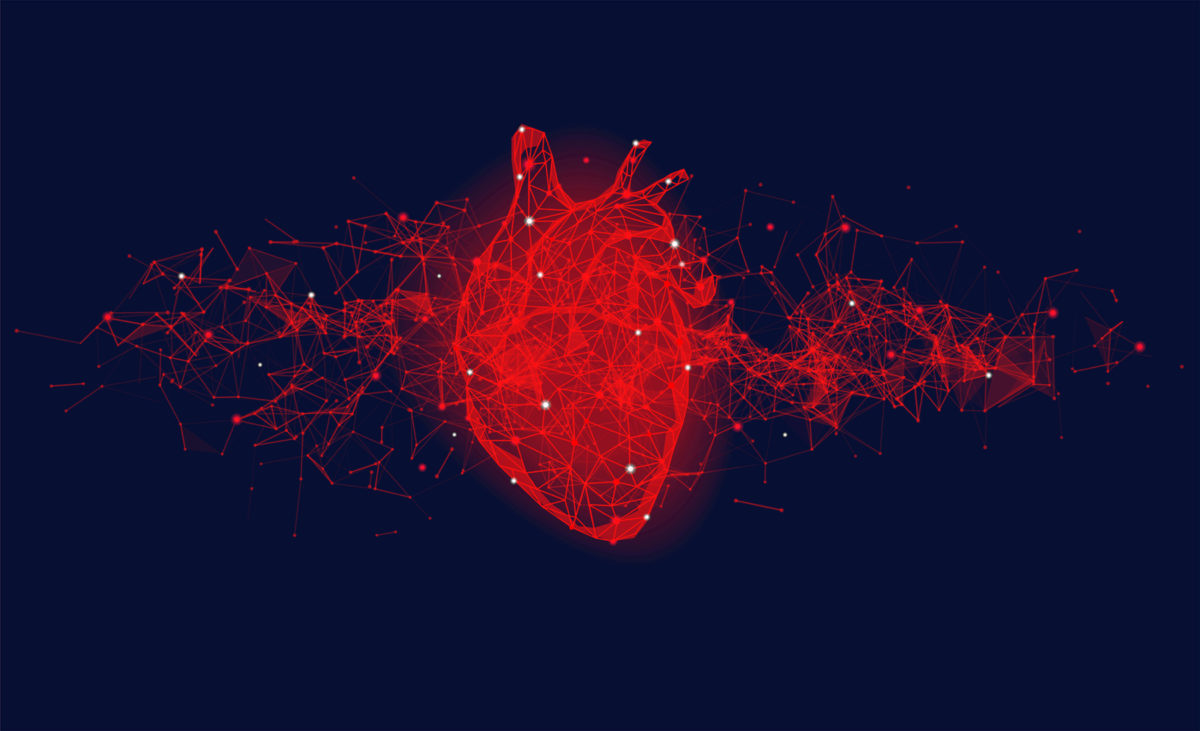Cardiac arrest or heart attack?

Two common heart conditions are cardiac arrest and heart attacks, and while often used interchangeably, these are two different issues that can have different causes and can require different treatment.
A heart attack occurs when blood is prevented from reaching areas of the heart, caused by a blockage in an artery. By not receiving blood, parts of the heart are damaged and begin to die. Symptoms of a heart attack vary from immediate and intensely obvious to slow-going and mild, depending on the severity of the blockage. These symptoms include:
- Chest pain or discomfort- typically towards the center or left side of the chest. The discomfort can feel like pressure, squeezing, or general pain, lasting for more than a few minutes or symptoms might disappear momentarily and then return.
- Feeling weak, light-headed, or faint
- Pain or discomfort in the jaw, neck, or back
- Pain or discomfort in one or both arms or shoulders
- Shortness of breath
It’s also possible to have no symptoms at all during a heart attack and the symptoms can be different between men and women. It’s important to know that the heart usually doesn’t stop beating during a heart attack and that quick diagnosis and treatment can potentially save your life.
Unlike heart attack, cardiac arrest is a sudden heart malfunction causing the heart to stops beating, and occurs quickly without prior signs or symptoms. This is caused by an electrical interruption in the heart, creating an irregular heartbeat, an arrhythmia, disrupting the blood flow to the rest of the body. When cardiac arrest occurs, there is a loss of consciousness which can lead to death within minutes if there isn’t immediate treatment.
Cardiac arrest is the leading cause of death in young athletes. One reason for this is undiagnosed heart conditions that are exacerbated by physical activities such as sports. Blunt chest injury, such as a hard hit to the chest from a tackle or direct contact from equipment like a hockey puck, is another reason. It can cause a change to the heart’s electrical signaling. The heart isn’t damaged, but it can trigger cardiac arrest.
CPR can be a life-saving procedure for someone who is suffering cardiac arrest, along with the use of AEDs. If you’re not CPR-certified, Hands-Only CPR can still greatly help someone suffering and consists of two easy steps:
- Call 9-1-1 (or send someone to do that)
- Push hard and fast in the center of the chest
Matters of the heart matter to Memorial. For more information about our heart health services, click the button below.
